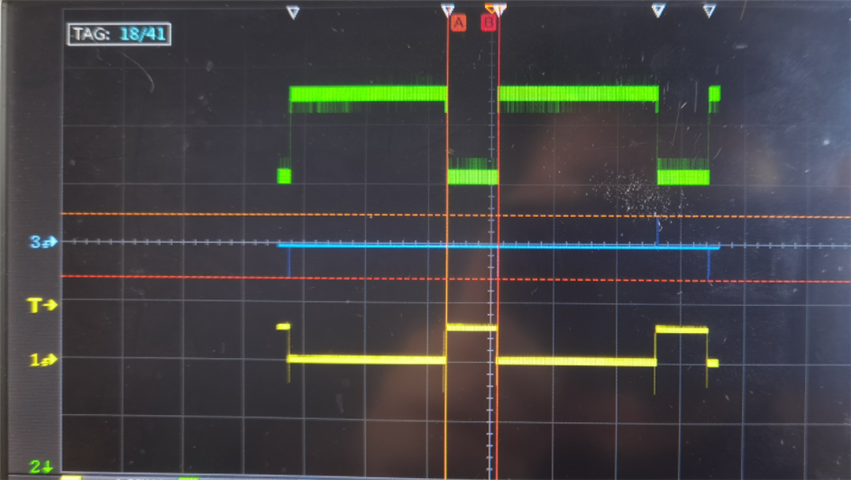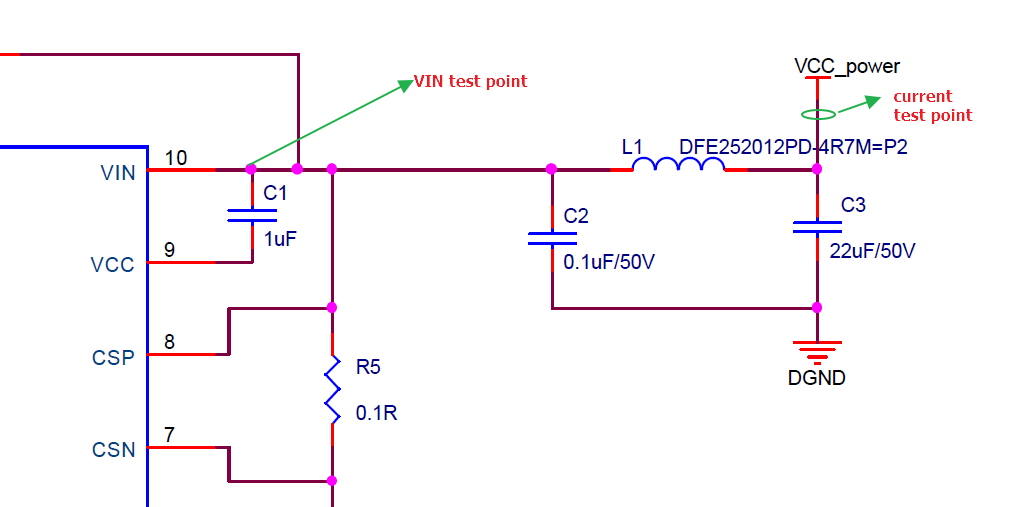Other Parts Discussed in Thread: LM3409,
Dear team,
my customer find that the input current has reverse current as below blue line. VIN=8V, VOUT=3.3V, EN=30Hz PWM. When the customer remove L1 inductor or add more 22uF capacitors in parallel with C3, the reverse current will be decreased. Could you please help analyze why the reverse current will appear?


Thanks & Best Regards,
Sherry




